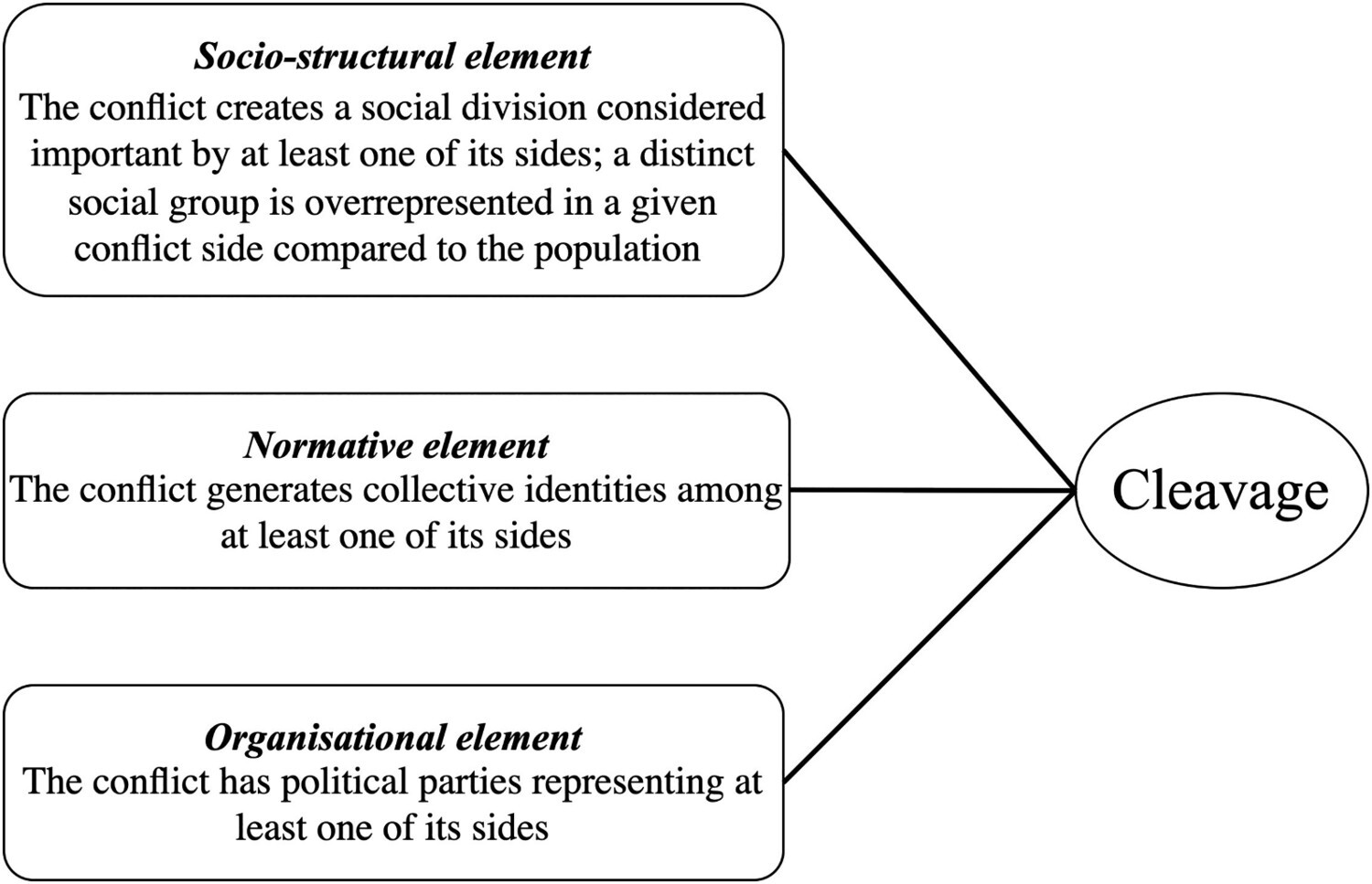To cite the article:
Crulli, M. and Emanuele, V. (2025), Bringing Rokkan into the 21st Century: the cleavage structure of Western Europe, Journal of European Public Policy, 1-30. https://doi.org/10.1080/13501763.2025.2486080.
Abstract
Political science is revitalising cleavage theory by examining the possible demise of traditional Rokkanian cleavages or the rise of a new globalisation cleavage. However, studies rarely combine these perspectives within a single framework, leading to inconsistent criteria for evaluating old and new cleavages. Additionally, whether contemporary societal conflicts generate collective identities remains unclear due to insufficient survey data. As a result, the question of which cleavages characterise contemporary Western Europe remains a puzzle. This article addresses this research question by adopting the classical conceptualisation of a cleavage as a foundation for designing survey items. Consequently, our original cross-national survey investigates the socio-structural, normative, and organisational elements of old and new conflicts. The analysis rejects hypotheses of complete dealignment due to the waning of old cleavages and realignment under a broad globalisation cleavage. Instead, Western Europe appears characterised by multiple cleavages, driven by distinct social groups and represented by different party families. These cleavages vary in importance and ability to generate collective identities and political cues. The class cleavage and the GAL/TAN cleavage (including the ethnonationalists/cosmopolitans, traditionalism/LGBTQ+ rights, and economy/environment dimensions), stand out as the most structured. The study’s implications for neo-cleavage theory are discussed in the conclusion.
